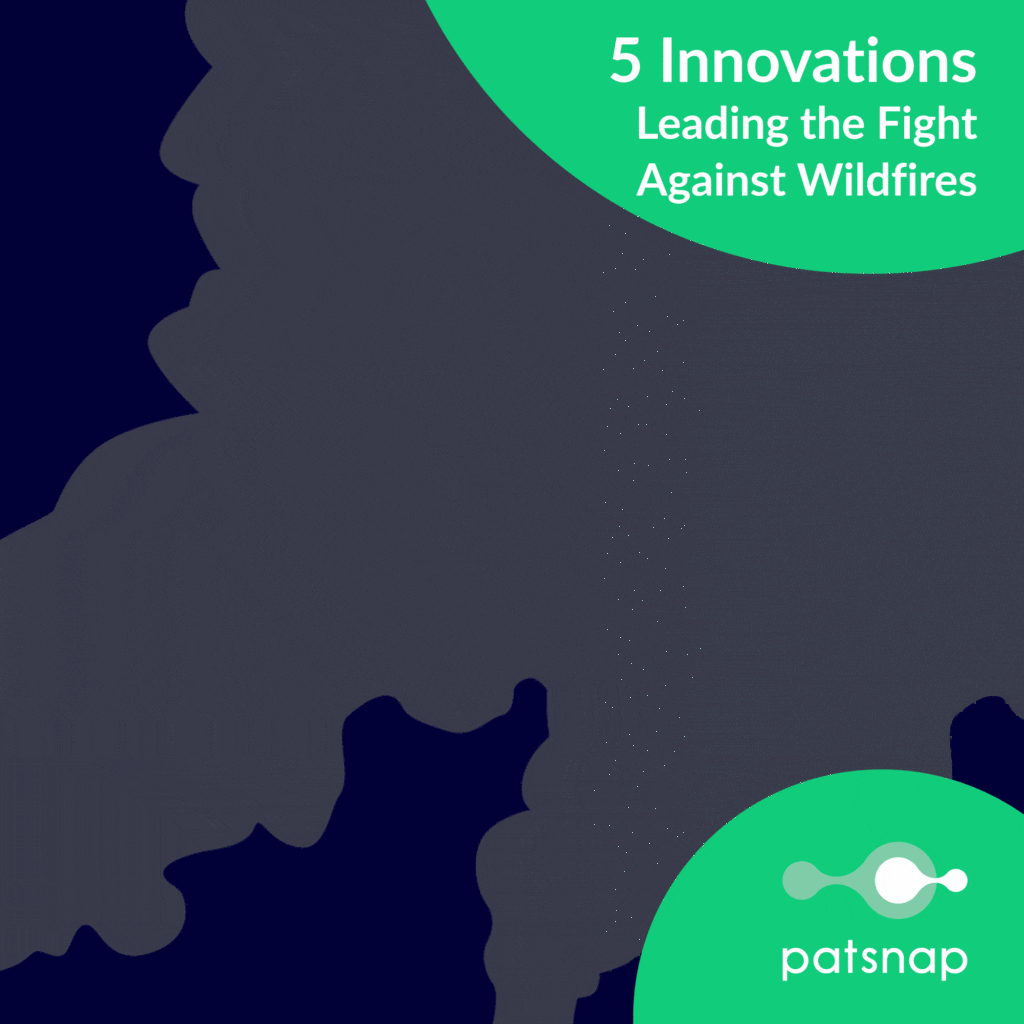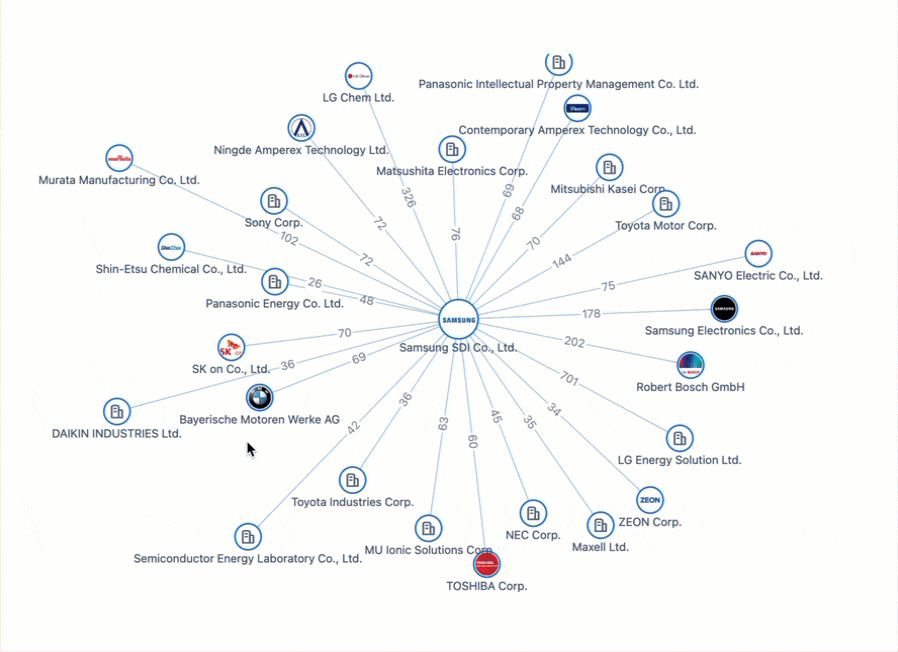5 Innovations Leading the Fight Against Wildfires
The recent devastating Canadian wildfires have served as a stark reminder of the immense power of nature. Although wildfires are a recurring phenomenon in countries like Canada, with millions of acres of forested land, this year’s events have taken an alarming turn.
Officials have raised concerns about the unprecedented intensity and frequency of the fires around the world, highlighting the abnormality of the situation. In the face of these challenges, it becomes crucial to delve into the nature of wildfires, how they originate, and the innovative solutions being developed to tackle these destructive forces.
In this article, we’ll explore the intricacies of wildfires and the innovations being deployed to combat them worldwide.

Jump to . . .
- What are Wildfires?
- How Often Do Wildfires Occur?
- Leading Innovations that Fight Wildfires
- Remote Sensing and Satellite Imagery
- Fire Prediction and Modeling
- Aerial Firefighting Technologies
- Fire Resistant Materials and Building Design
- Vegetation Management and Fuel Reduction
What are Wildfires?
Wildfires are uncontrolled and rapidly spreading fires that occur in vegetation, forests, or other combustible materials. They can be triggered by natural causes, such as lightning strikes or human activities, including accidental ignition, arson, or negligent behavior.
Wildfires are characterized by their ability to quickly spread, fueled by dry vegetation, strong winds, and favorable weather conditions. These fires consume vast areas of land, releasing intense heat, smoke, and gases into the atmosphere. Wildfires can have significant ecological, environmental, and societal impacts, including destruction of habitats, loss of biodiversity, property damage, air pollution, and threats to human life and safety.
How Often Do Wildfires Occur?
Wildfires are a natural part of many ecosystems and have occurred throughout history. However, the occurrence and severity of wildfires can be influenced by factors such as drought, high temperatures, and human-induced changes to the landscape.
In some regions, wildfires are more prevalent and occur on a regular basis. For example, areas with Mediterranean climates or those prone to seasonal dryness, like parts of California, Australia, and the Mediterranean region, tend to experience wildfires more frequently. These regions often have a natural fire cycle as part of their ecosystems’ regeneration and renewal processes.
Additionally, human activities can contribute to the frequency of wildfires. Factors such as land management practices, deforestation, land-use changes, and accidental or intentional ignitions can increase the occurrence of wildfires in certain areas. Although the intensity and frequency of wildfires varies from year to year, climate change is believed to be affecting wildfire patterns, potentially increasing the frequency and severity of wildfires in some regions.
Leading Innovations that Fight Wildfires
Early Detection Systems play a crucial role in combating wildfires by leveraging advanced technologies such as remote sensing, satellite imagery, and unmanned aerial vehicles (UAVs). These innovative tools enable the early identification of wildfires, giving firefighting personnel a greater opportunity to swiftly respond and contain them.
Remote Sensing and Satellite Imagery
emote Sensing and satellite imagery systems are equipped with thermal sensors and high-resolution cameras that can detect and monitor wildfires from space. They provide real-time data on fire location, size, and behavior, enabling rapid response and resource allocation. What’s more, drones equipped with infrared cameras and sensors can survey wildfire-prone areas, detect fire ignitions, and provide valuable situational awareness to firefighting teams.

One of the primary limitations of these technologies (illustrated above) lies in their production cost and lifespan. The high cost hinders their widespread adoption, while their limited durability impacts effective wildfire management.
Fire Prediction and Modeling
Sophisticated modeling techniques utilize data on weather patterns, topography, and historical fire behavior to forecast wildfire spread, intensity, and potential impacts. These predictions assist in strategic decision-making and resource allocation. In addition, artificial intelligence, which can analyze vast amounts of data quickly, coupled with machine learning algorithms, can improve fire behavior modeling, early warning systems, and decision support tools for firefighting agencies.
Aerial Firefighting Technologies
Helitankers and air tankers are specialized aircraft, including helicopters and fixed-wing planes, that play a crucial role in firefighting efforts.
These aircraft are designed to drop water, fire retardant, or suppressant chemicals onto wildfires, effectively slowing their spread and safeguarding valuable assets. Additionally, water-gel delivery systems equipped on certain aircraft can release a gel-like substance that adheres to vegetation, offering long-lasting fire suppression capabilities. These aerial firefighting technologies provide critical support in combating wildfires and protecting both natural resources and human lives.
Fire-Resistant Materials and Building Design
Fire-resistant fabrics and clothing are specifically designed to provide protection to firefighters by shielding them from radiant heat, flames, and ember showers. These specialized garments and gear play a critical role in ensuring the safety of firefighting personnel in hazardous conditions. Ultimately, advancements in construction materials and techniques have led to the development of fire-resistant building materials.
Features like fire-resistant roofing, exterior cladding, and ember-resistant vents have been implemented to enhance the resilience of structures in areas prone to fires. These innovations contribute to minimizing the potential damage caused by wildfires and increasing the overall safety of buildings in fire-prone regions

In the realm of fire-resistant materials, companies are currently prioritizing two key objectives: extending service life and reducing costs. Addressing these challenges not only enhances safety but also ensures improved protection for individuals working in fire-prone environments or wearing fire-resistant clothing.
Vegetation Management and Fuel Reduction
Controlled burns and prescribed fires are carefully planned and executed as strategic measures to reduce fuel loads, eliminate excess vegetation, and restore ecosystems. By implementing these practices, the risk of larger and more destructive wildfires can be significantly mitigated.
In addition to controlled burns, mechanical fuel reduction techniques have also emerged as effective solutions. Innovations like mulching machines, masticators, and prescribed grazing methods are utilized to mechanically decrease vegetation density and create defensible spaces around vulnerable areas. These mechanical fuel reduction methods work hand in hand with controlled burns to enhance fire prevention efforts and promote the overall safety of fire-prone regions.
These innovations, coupled with effective interagency coordination and community involvement, are essential in mitigating the impact of wildfires, enhancing firefighter safety, and protecting lives, property, and natural resources. Continued research and development in wildfire management technologies contribute to more efficient and sustainable firefighting practices.
Your recommended content
-

Powering the Future of Electric Vehicles: The Battle for Battery Innovation and Patents
Category: Article | Category: battery technology | Category: electric vehicle | Category: EV | Category: lithium ion | Category: lithium ion battery | Category: NEV | Category: new energy vehicles
Monday, April 22, 2024
In the ever-evolving landscape of innovation, the electric vehicle (EV) industry stands as a beacon of technological transformation. As we explore the patents propelling the EV revolution, Apple's venture serves as a poignant example of the challenges even industry giants face in this competitive arena. Join us on a journey through the global patent landscape, where the quest for superior power solutions unfolds, and where the true pioneers of the EV revolution are making their mark.
-

The People vs. AI: Who Owns Ideas in the Era of Generative Artificial Intelligence?
Category: AI era | Category: AI-driven creativity | Category: AI-generated creations | Category: Article | Category: copyright and patent rights | Category: digital innovation | Category: innovation | Category: intellectual property law | Category: legal implications | Category: OpenAI Sora | Category: patent law | Category: Research Tag | Category: Sora | Category: text-to-video generative AI | Category: who owns AI
Monday, April 22, 2024
OpenAI’s Sora software, a text-to-video generative AI model, recently made headlines showing a series of 1-paragraph prompts and some high-quality footage generated based on those prompts. It is a rightfully impressive showing, but it’s still too early to identify how IP law will be disrupted by generative AI. This editorial delves into the multifaceted landscape of Sora's impact, offering insights into the future of innovation and ownership in the AI era.
-

Patsnap Releases 2023 Global Innovation Report: The Brilliant Names to the Dynamic Landscape of Innovation
Category: Article | Category: eBook | Category: Research Tag | Category: Whitepaper
Wednesday, November 15, 2023
The Global Innovation 100 and Global Disruption 50 transcend individual entities, each representing a small innovation ecosystem with numerous subsidiaries. Through the innovation data of these companies, we gain insights into the characteristics, structures, and trends of global innovation.